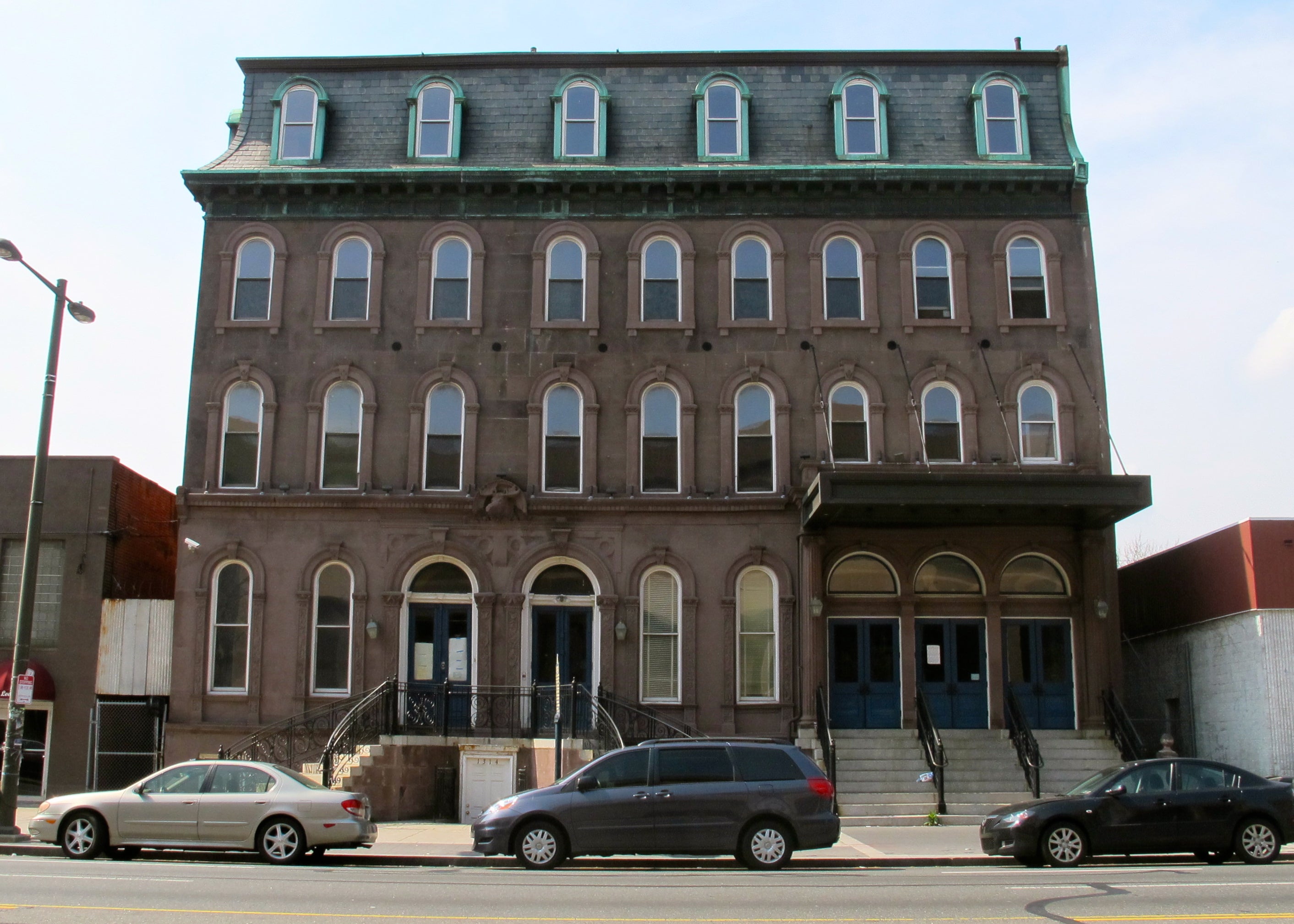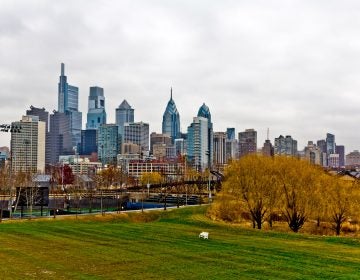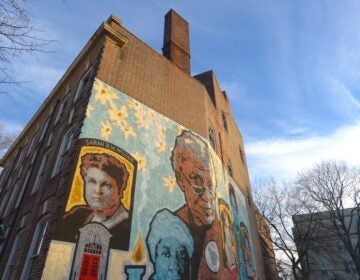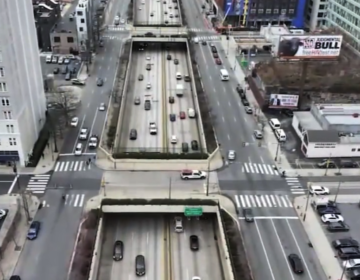Visit these 5 Gilded Age landmarks before it’s too late
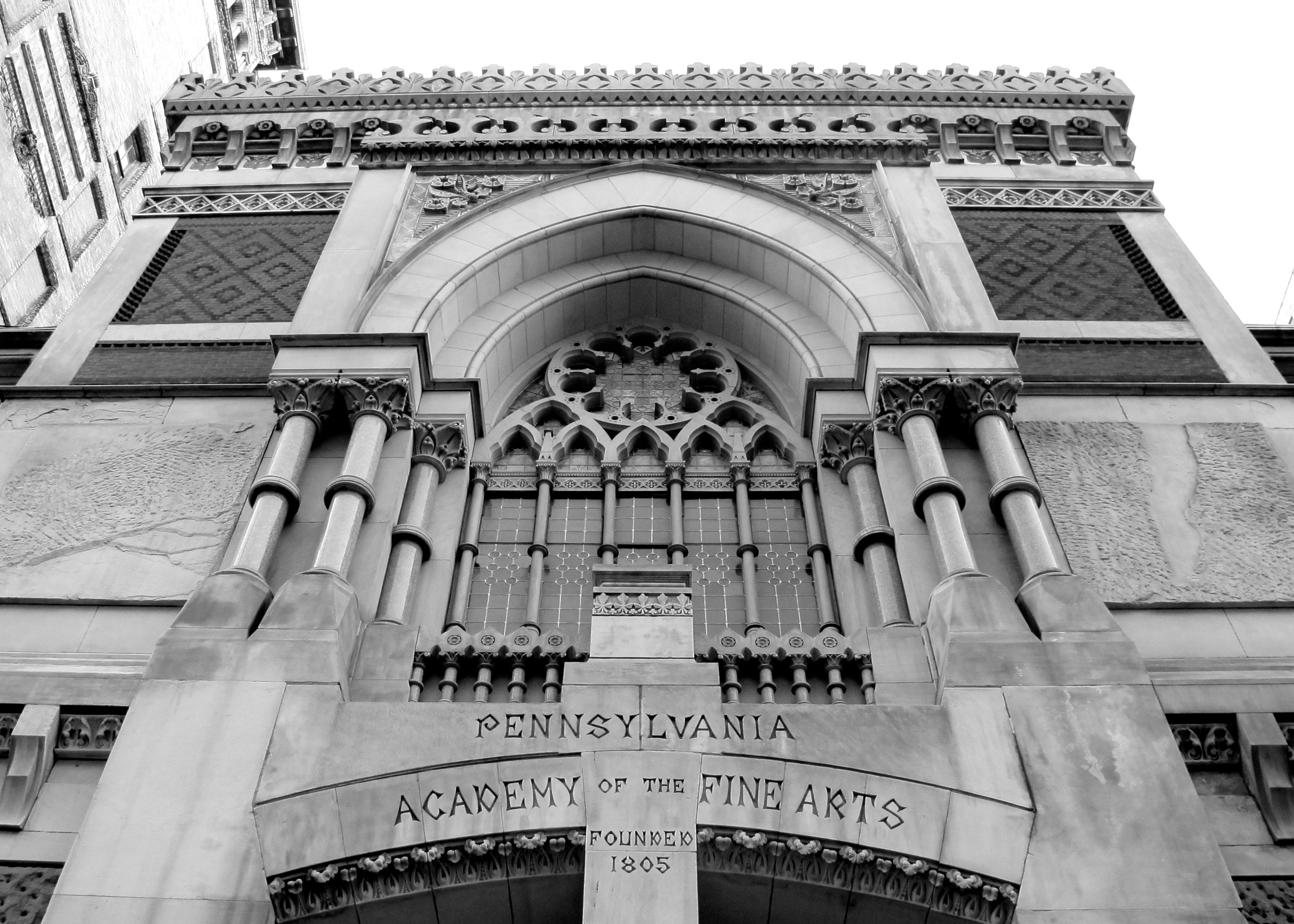
Philadelphia inspired some of the Gilded Age’s most influential architectural treasures. Many of the city’s iconic buildings rose in the 19th century, commissioned by the era’s wealthy class of increasingly powerful industrialists, merchants and bankers. As the railroad expanded and Philadelphia developed as a critical East Coast junction, some sections of the city grew ornate with the stone and brick creations of storied architects such as Frank Furness, the visionary behind the Pennsylvania Academy of Fine Arts, the First Unitarian Church of Philadelphia and other well-preserved beauties across the city. But Furness isn’t the only Gilded Age game in town. While hundreds of distinctive architectural works from the era have, unfortunately, succumbed to the pressures of time and developers who don’t want to spend the money to save the aging craftsmanship, there remain buildings that have neither been fully protected nor completely lost. After more than 100 years of watching over Philadelphia’s streets, these architectural landmarks are vulnerable. We found five of them. All five stand within city limits and all stand threatened.
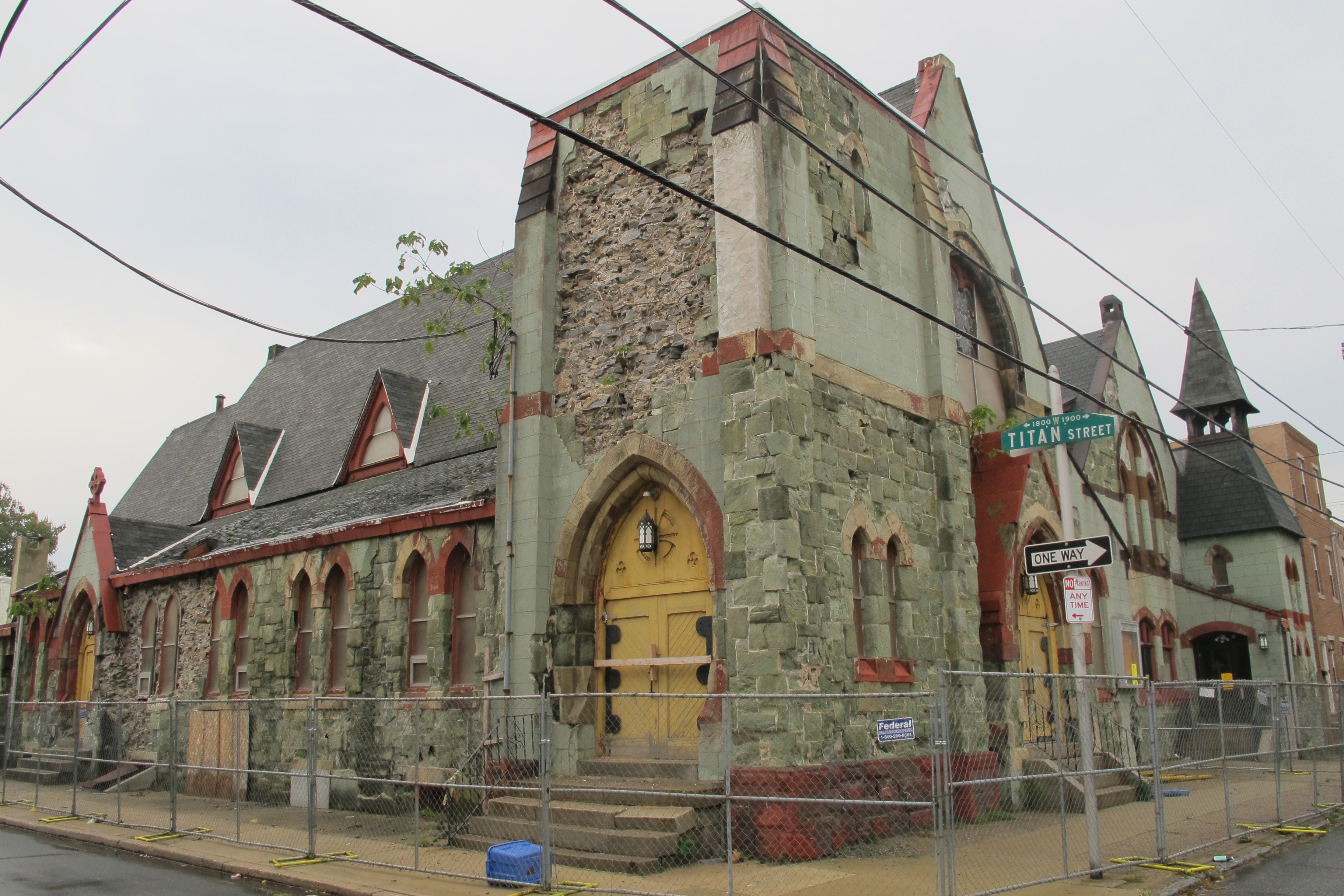
Nineteenth Street Baptist Church
Nineteenth Street Baptist Church is one of the great unsung gems of the Gilded Age in Philadelphia. Built in 1874, the church was designed by Frank Furness and George Hewitt, who shared an architectural firm and a knack for designing timeless icons. The church, built in a working-class neighborhood, home to a large population of Irish immigrants, is one of Furness’ lesser-known buildings because of its location, far from most of Furness’s buildings, who were commissioned by wealthy Philadelphia residents. Historic preservationists wonder if the striking green façade is a nod to the neighborhood’s Irish history.
In 2011, a partial wall collapse led to the building’s condemnation. Emergency intervention by parishioners and community volunteers kept the property from complete collapse but significantly more money is needed for the proper rehabilitation of this historical site. In the meantime, the structure’s serpentine cladding is disintegrating along with its congregation, who are relocating to other churches. In 2014, Lee Ricetti, a PennDesign graduate student developed a conservation plan for the property; however, it is unclear whether the plan was formally adopted. A group, the Friends of 19th Street Baptist Church, has been established to fund renovations.
The Blue Horizon
A Second-Empire style mansion built in 1865, a house originally designed for Philadelphia’s nouveau riche elite would eventually become a world-famous boxing ring and then, a memorable cinematic backdrop in the film Rocky V.
The 1314 North Broad landmark was reborn as the Blue Horizon boxing venue in 1961. People from all over the country and the world tuned in to see boxing greats fight in the majestic blue auditorium. Vernoca Michaels bought the Blue Horizon in 1994, running it as a boxing venue and an education center until its doors closed in 2010. Less than a year after Michaels closed the venue, it was purchased by Mosaic Development Partners of West Philadelphia. The development group announced plans to demolish the site in order to build a 120-room hotel with a restaurant, fitness center, conference space, and large atrium and roof deck. The project, known as Hotel Indigo, hasn’t yet come to pass. In 2015, the facade of the Blue Horizon was added to the Philadelphia Register of Historic Places, but the register failed to accept the interior of the building. Plans to continue with the hotel development are unknown.
As North Broad Street continues to develop and gentrify, preservationists want to protect as many historical sites as possible. Next door, permission has been granted for the construction of a brand new 17-story, mixed-use tower designed by Cecil Baker.
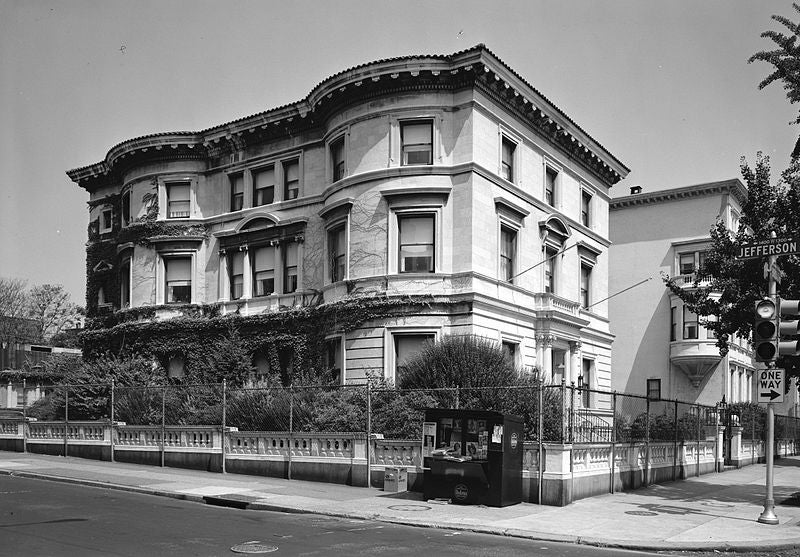
The Burk Mansion
Located in the North Broad Mansion District, the Burk Mansion was designed by Edward Simon and built in 1909. A local legend says that millionaire, Alfred E. Burk, was jilted by a former lover and commissioned the mansion with the intentions of showing the woman what she could have had. Simon was told to spare no expense. The property contains 27 rooms, including seven bathrooms, a carriage house, and a conservatory with a suite for the gardener. The foyer features a cathedral ceiling painted in white and gold. The house is estimated to have cost the equivalent of nearly $5.1 million dollars to construct.
In 1970, the location was purchased by Temple University. The School of Social Administration and Community Development was housed in the building until a fire in the mid-1990s forced the department to abandon of the property. In 2015, university architect, Margaret Carney, said to Hidden City reporter, Bradley Maule, that millions of dollars have gone into maintaining the property. This includes stabilization of the roof; improving the landscape; and the addition of lights, heating, and ventilation to the property. For now, the building remains vacant.
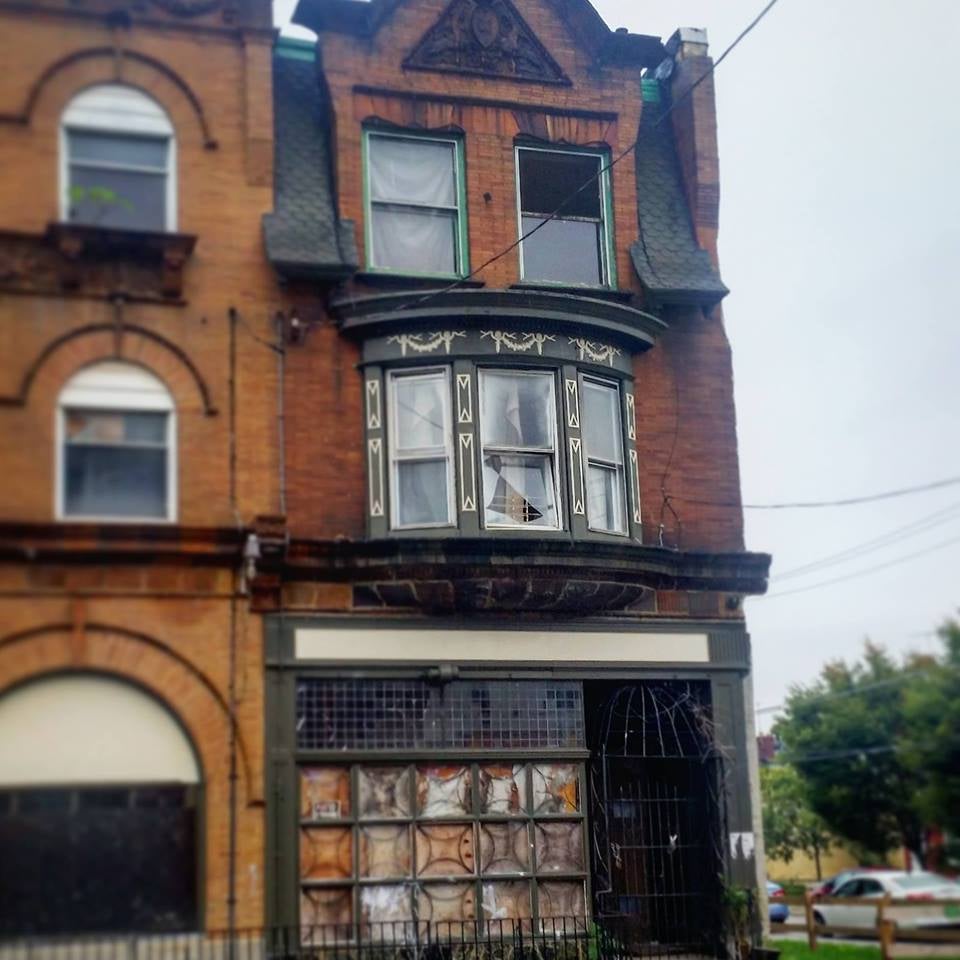
The Dox Thrash House
The Dox Thrash house at 24th Street and Cecil B. Moore Avenue in the Sharswood neighborhood is named for the influential mid-20th-century painter and printmaker who lived there from 1945 until 1958, documenting and participating in North Philadelphia’s vibrant African-American culture. His house, built in 1895 by Harold Godwin, is on the Preservation Alliance’s Endangered List. Nearby, a mural memorializing his work was destroyed by developers in 2012. His old studio, across the street from his residence, has also been demolished.
The building has caught the eye of preservationists in the city, including Maya Thomas, a recent graduate of the University of Pennsylvania School of Design. Thomas envisions the site as a community center for North Philadelphia designed to serve the current community. Thomas hopes to work with the Cecil B. Moore branch of the Free Library of Philadelphia, located next door to the house, to carry out this project.
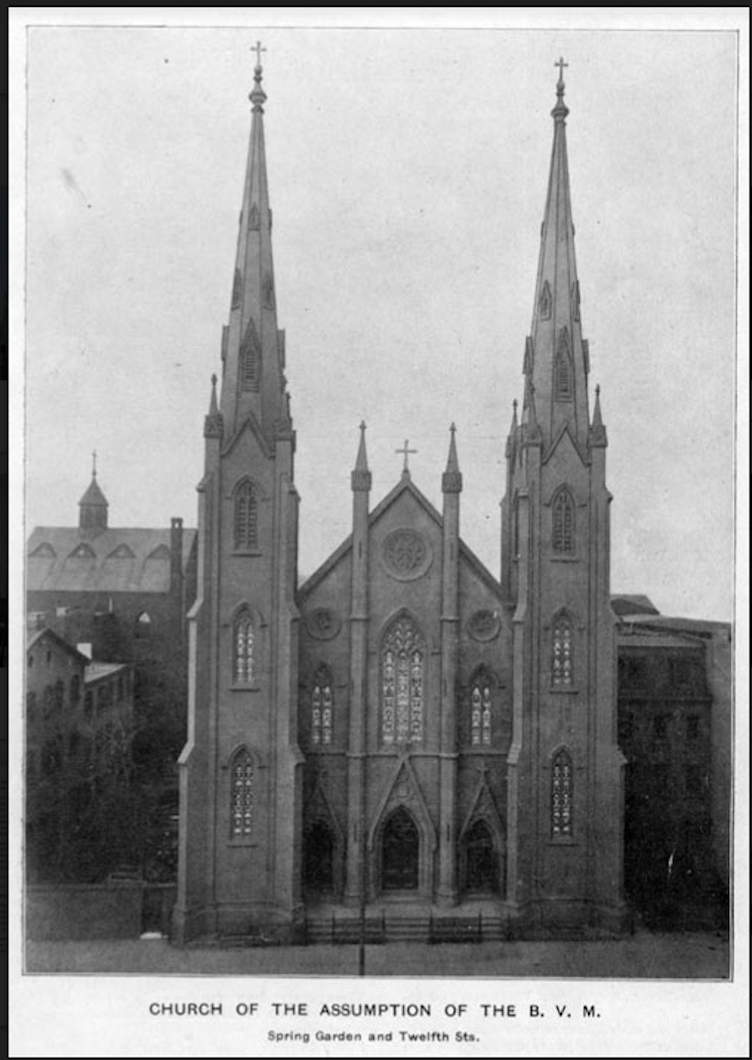
Church of the Assumption of the Blessed Mary Virgin
Built in 1849, the Church of the Assumption BMV is the oldest surviving work of celebrated Irish-American architect Patrick Charles Keely. Noted for its Gothic architecture, the Roman Catholic Church was closed in 1998, exactly 150 years after the building opened. The reddish stone and twin copper spires still distinguish the exterior from the rest of its West Poplar block. Saint Katharine Drexel, a patron of racial justice and philanthropy, was baptized here in 1858. Drexel was only the second person born in the United States to be canonized by the Vatican. During the church’s heyday, the Assumption BVM was a pillar of the Philadelphia community.
Despite its storied past and notable architecture, the church building’s future looks grim. Its current owner, developer John Wei, applied for a hardship waiver for demolition with the Historical Commision under the assumption that the building cannot be reasonably adapted for any modern use. Despite public outcry and a temporary stay granted to prevent the demolition process, demolition appears likely. Before the final ruling of the Historical Commission, Wei’s investment group began construction on a residential unit in an empty corner of the property.
WHYY is your source for fact-based, in-depth journalism and information. As a nonprofit organization, we rely on financial support from readers like you. Please give today.



